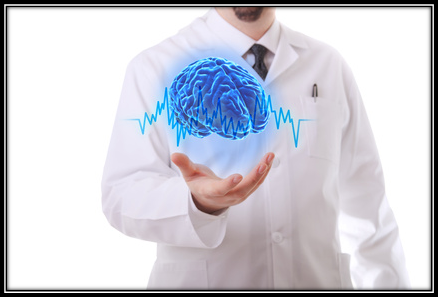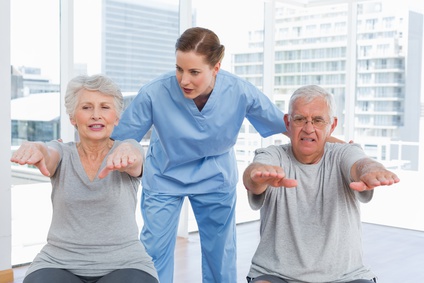
We will never settle for “average”. It is our promise to provide and advance superior physical therapy services while adding uniquely specific and related services to serve the our community and surrounding region with the utmost quality
Those with a TBI may have difficulties turning over in bed or maintaining balance while sitting, standing or walking. Patients may experience weakness in the neck or limbs and even have problems lying down in bed. Physical therapy can help traumatic brain injury patients with:
- Improving balance, coordination and stability
- Increased alertness and attention
- Muscle strength, flexibility and mobility
- Improved injury levels and less fatigue
- Better movement patterns
- A return to fitness, sports and recreational participation
Traumatic brain injuries can cause a wide range of symptoms. Individuals may become more sensitive to touch, light and sound. Changes in behavior and emotional responses are common. Individuals may have difficulty controlling their emotions and experience emotional agitation. The changes may be so dramatic that the patient may not even seem like the same person to loved ones.
A traumatic brain injury can result in a coma from the moment of impact. Depending upon the severity of the damage to the brain, patients can require significant rehabilitation but still be unable to return to their normal work or full functionality. Traumatic brain injury is more widespread than many people think and is classified as a serious public health problem.
 Physical therapy can be a life-changing treatment for people who have suffered a traumatic brain injury (TBI). A TBI is diagnosed when an injury to the brain damages or changes the way it functions. Blows to the head, car crashes and falls are the most common causes of TBI and many of those injuries are initially diagnosed as a concussion.
Physical therapy can be a life-changing treatment for people who have suffered a traumatic brain injury (TBI). A TBI is diagnosed when an injury to the brain damages or changes the way it functions. Blows to the head, car crashes and falls are the most common causes of TBI and many of those injuries are initially diagnosed as a concussion.
It’s typically only when changes in behavior or physical function appear that a traumatic brain injury is recognized. It’s not just football players and military personnel that can sustain a TBI. Children under age four are prone to falls and head injuries during play or as the result of some type of abuse. Even a “mild” concussion is a form of traumatic brain injury.
Vehicle accidents and sports injuries are the primary cause of TBI in 15-19 year olds, while falls are the most common cause of TBIs in older people. Symptoms vary widely depending upon the location of the injury and the part of the brain that’s affected. Patients may need to relearn how to perform tasks others take for granted.
Mental, physical, emotional and behavioral changes occur, but there’s no way to predict what those alterations will be or the severity. People may have problems with memory, vision, hearing and balance. Problem solving abilities may be impaired, along with the ability to pay attention. The person with the TBI often doesn’t know the changes have taken place or that they’re acting any different than usual.
 Your physical therapist can help with information and recommendations for safety equipment and gear to reduce the potential for a traumatic brain injury and provide treatment and rehabilitation for your symptoms if a TBI occurs. Specialized exercise and stretching programs will be developed to help maintain physical function, flexibility, range of motion and coordination.
Your physical therapist can help with information and recommendations for safety equipment and gear to reduce the potential for a traumatic brain injury and provide treatment and rehabilitation for your symptoms if a TBI occurs. Specialized exercise and stretching programs will be developed to help maintain physical function, flexibility, range of motion and coordination.
Manual manipulation is beneficial for those who are unable to participate in an exercise program. The therapy is advantageous even for patients who are in a coma. If assistive aids are required for mobility, such as a cane or wheelchair, your physical therapist will help you learn how to use them effectively.
A variety of complementary treatments may be used in combination for the best outcome, depending upon your specific needs. Hydrotherapy, acupuncture, dry needling and therapeutic massage may be employed for overall fitness, to manage weight, and stimulate muscles. Aligning the neck and spine relieves pressure on the neurological system for better transmission of impulses between the brain and the body.
The range of symptoms and level of disability can vary widely with a traumatic brain injury and your physical therapist has preventative and restorative measures that can help you stabilize and restore your level of physical function. Your therapist will also work with your family and loved ones to help them understand what you’re going through and provide the support you need at every stage of treatment.